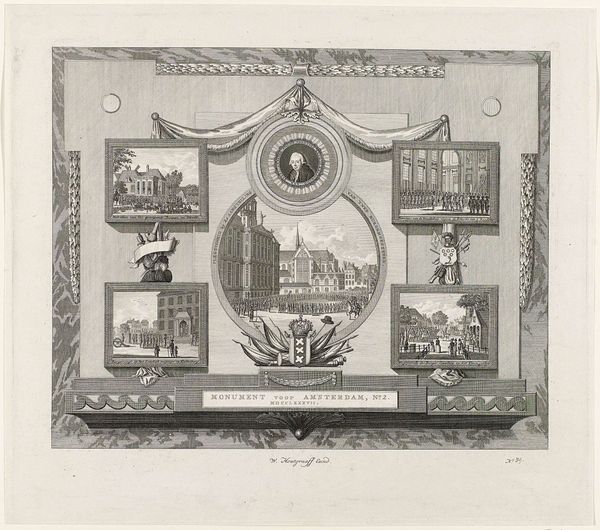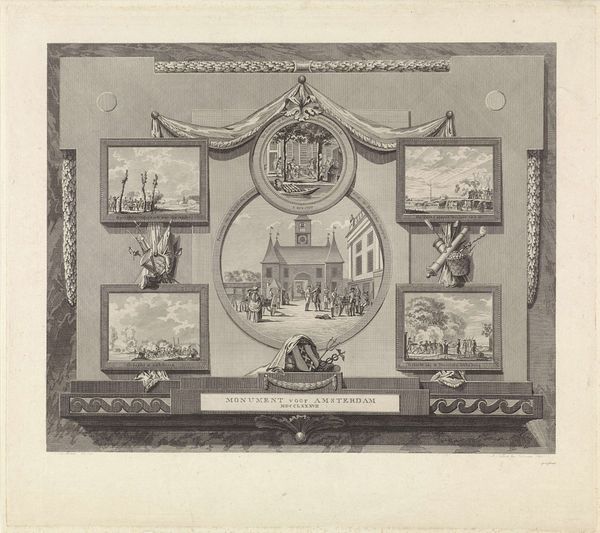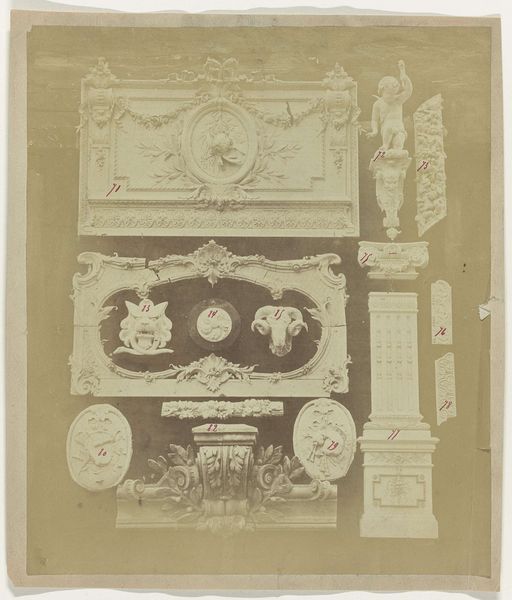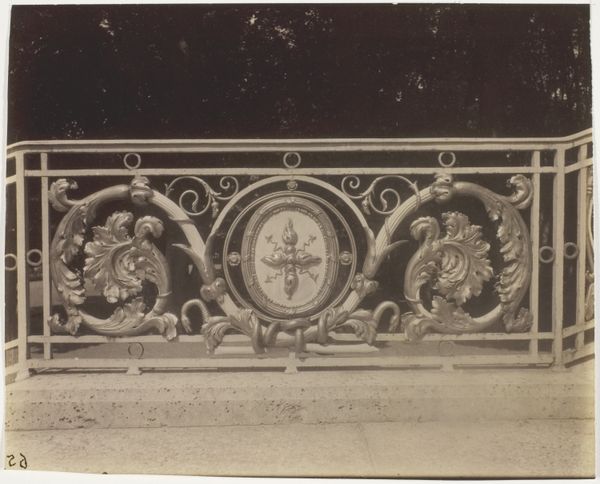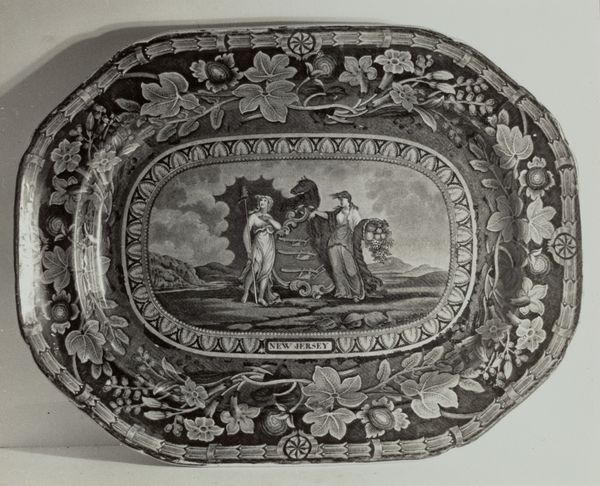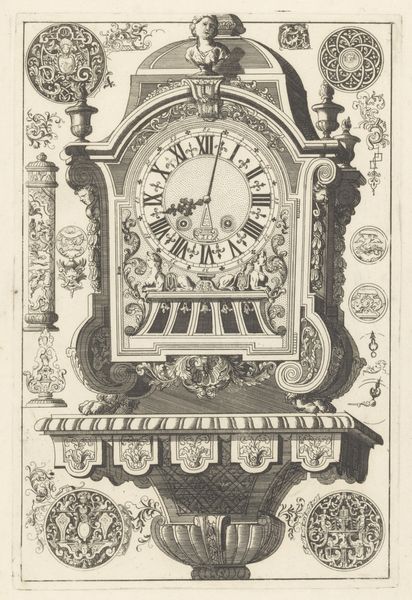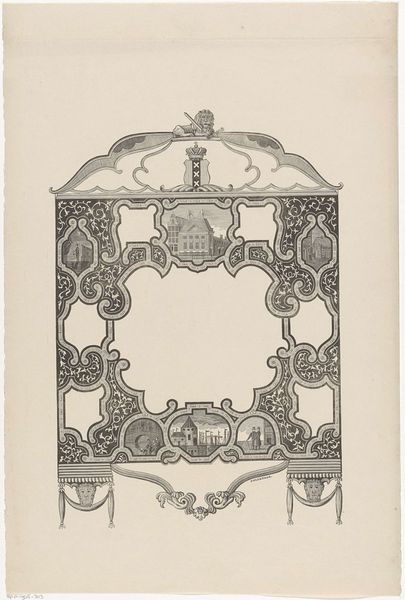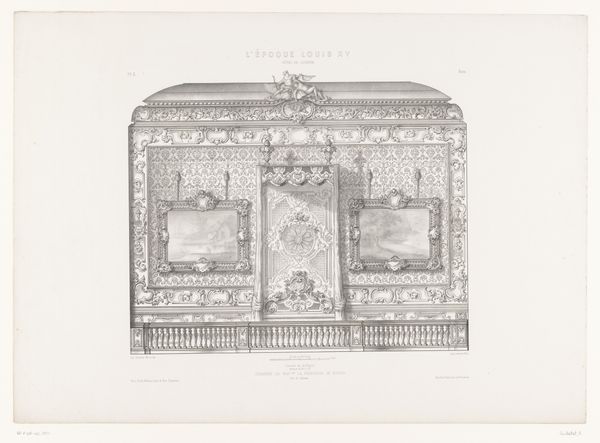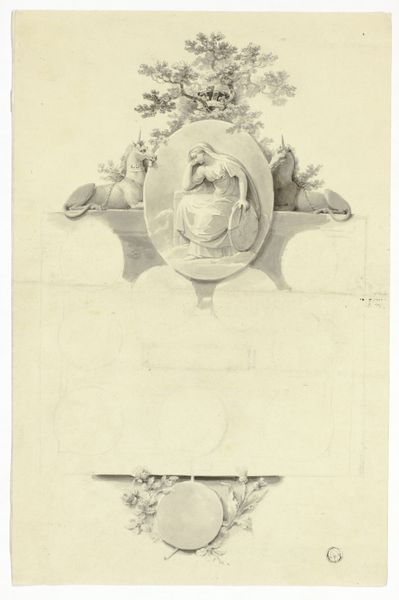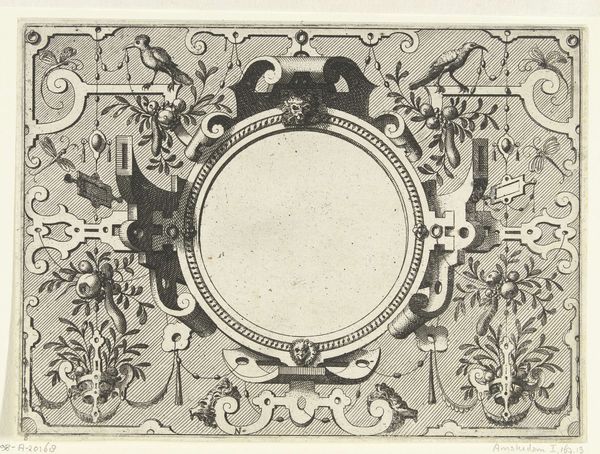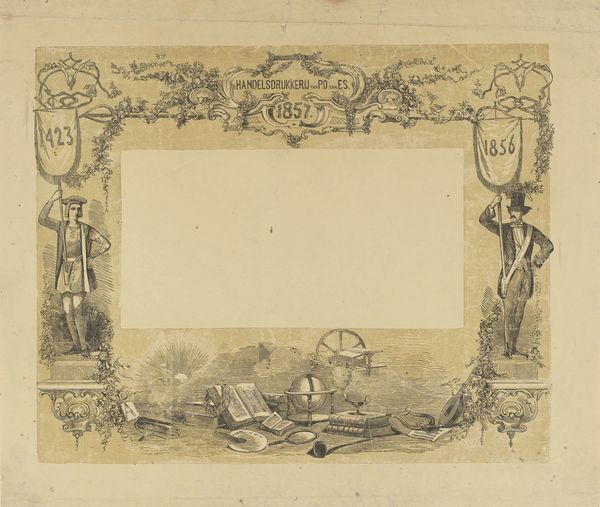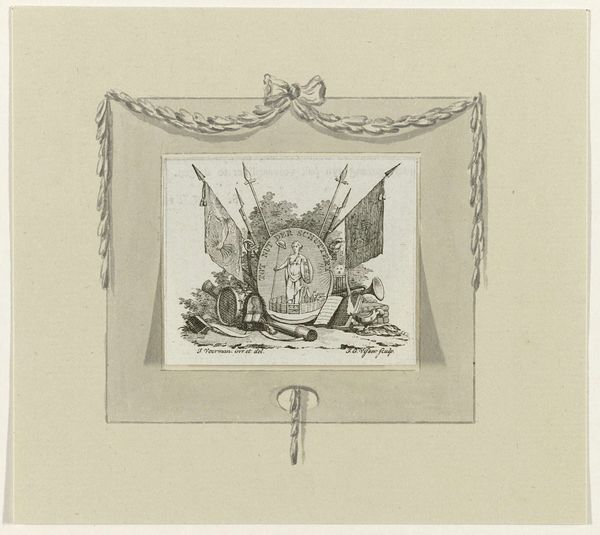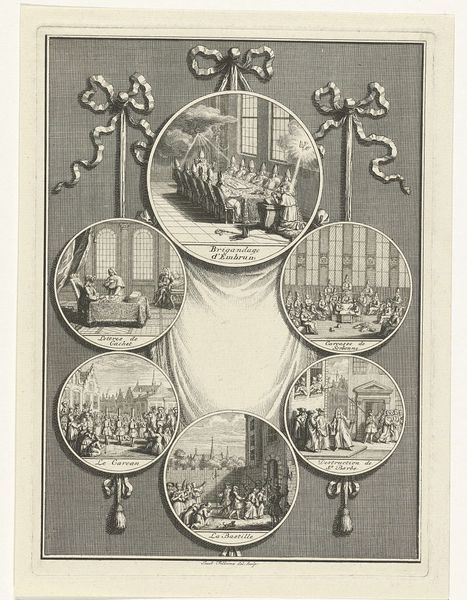
print, etching, engraving
#
dutch-golden-age
#
neoclassicism
# print
#
etching
#
history-painting
#
engraving
Dimensions: height 375 mm, width 443 mm
Copyright: Rijks Museum: Open Domain
Editor: Here we have "Omwentelingen in 1787," or "Revolutions in 1787," an engraving and etching by Jan Lucas van der Beek, created in 1789. It looks like a collage of smaller scenes related to a specific historical event. What can you tell us about the significance of this piece, and why it was created? Curator: This print presents the events of 1787 as a moment of restoration, framed and contained for public consumption. The 'revolution' isn't presented as radical change, but as a return to order, solidified by stadtholder William V. Notice the central portrait, literally centralizing him. How do you think the events depicted relate to the imagery of the Dutch Golden Age? Editor: That's interesting; the title seems contradictory, celebrating revolutions but implying a restoration of order. And the golden age... It almost feels like a desire to return to that era's stability and prestige? Curator: Precisely! The print functions as propaganda, legitimizing the regime through visual rhetoric. The carefully arranged scenes and the inclusion of traditional symbols recall past glories to normalize current power structures. Note the scenes chosen - what narratives are being amplified here, and for whom? Editor: I see images of both triumphs and turmoil. Maybe it suggests overcoming challenges through leadership? Also, it seems made to be distributed widely, informing the public? Curator: Absolutely. Prints like these played a crucial role in shaping public opinion. What institutions, do you think, might have a stake in promoting this specific narrative, and ensuring that copies like this are produced, distributed, and displayed? Editor: I imagine the royal court, local governments, maybe even guilds who benefit from the established order. Curator: Exactly! By analyzing these aspects, we move beyond simply appreciating the artwork and understand its public role within a particular political moment. Editor: It’s interesting how it isn’t just an artwork but a tool for constructing a particular memory of events. Thank you. Curator: Indeed. And this perspective can help us better understand the socio-political influence art can wield.
Comments
No comments
Be the first to comment and join the conversation on the ultimate creative platform.
